It's June, which means we're nearly half way through the year! Most of us started 2021 with great expectations and this is a good time to review the goals you set at the start of the year. If you're dreading doing this, don't fret - you're not alone! Apparently, 92% of New Year resolutions fail by mid-January, and the most common reason is a lack of time management. Think about it. Your days are drowned by a million tasks, yet you feel like you aren’t achieving anything. Everything may seem out of control, when in fact, there is still one thing you have control over - your time. For this, you need a good time management system.
What's a ‘good’ time management system? Simple - one that works for you! With so many options, it's important to choose one that suits your personality. Here is a list of the top time management systems today, and how each one can help you stay productive.
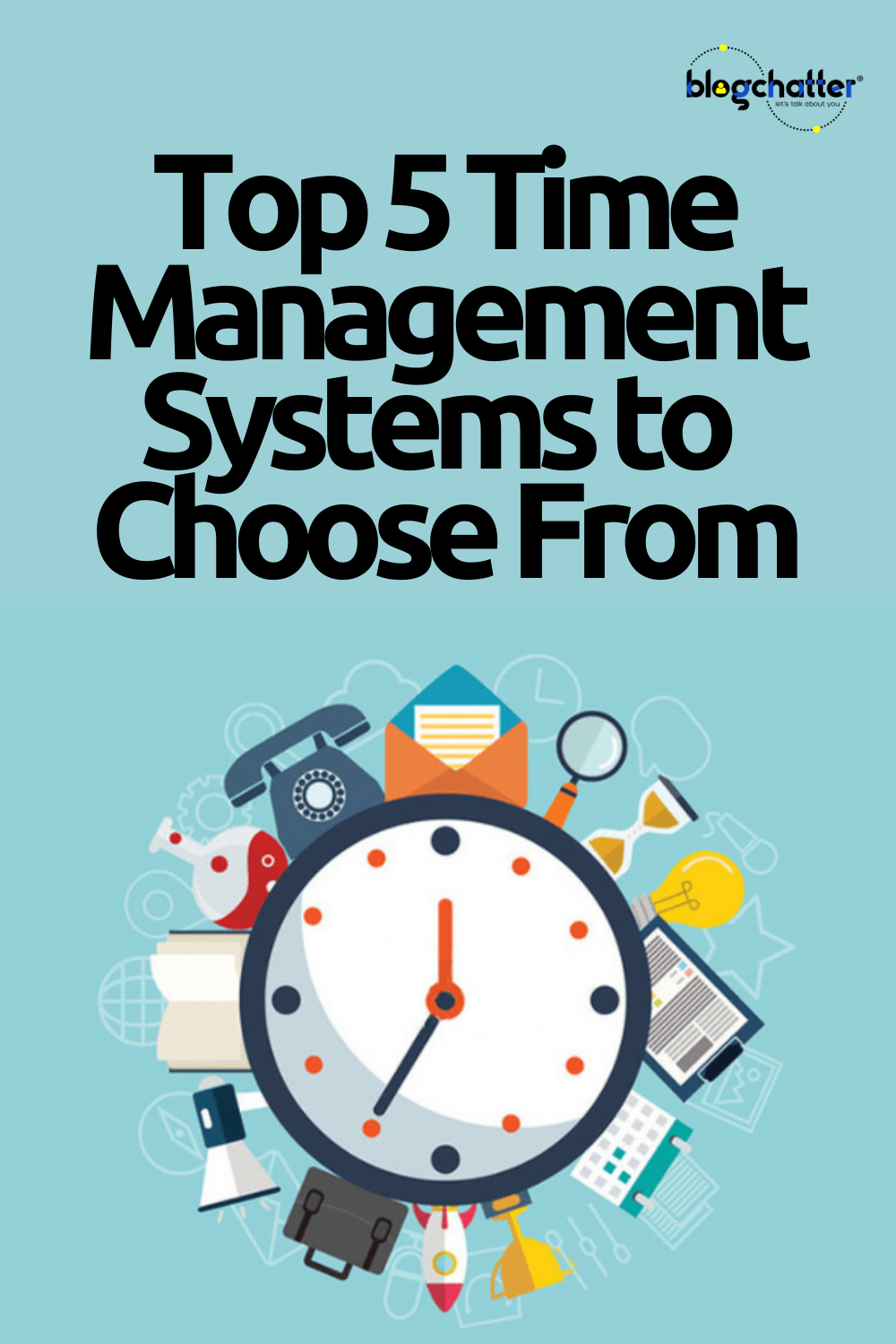
1. Time Blocking
Time blocking was used by Benjamin Franklin and it was made popular by Cal Newport, bestselling author of Deep Work. Time blocking is simple. You look at all the time you have in a day and split them into separate blocks, like for work or exercise. You can use an app or a physical calendar to block out your time.
Pros: This is a great system if you have repetitive weeks with a similar schedule. It prevents time wastage and helps maintain a work-life balance.
Cons: This system can feel quite restrictive for some folks as it doesn't leave too much space for spontaneity. It also gets messy when unexpected events pop up.
If you like seeing your entire week laid out in front of you, you may enjoy reading Cal Newport's Deep Work. Google Calendar seems to be the most popular app for time blocking.
2. GTD
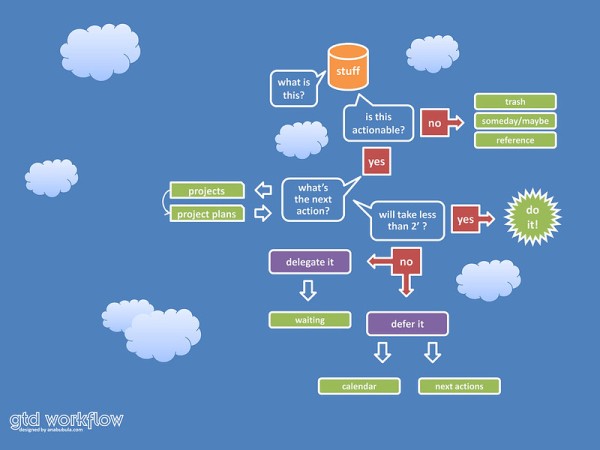
If your brain is constantly overloaded with things you need to do, you should check out David Allen's Getting Things Done, popularly known as GTD. The basic idea of GTD is that your mind is an important asset which should be used for generating new ideas rather than as storage. It takes the traditional 'brain dump' to another level by teaching you how to deal with your to-dos.
Pros: This is an excellent system for people who have lots to do, on both the professional and personal fronts. It also helps break down large tasks into smaller ones.
Cons: If your tasks change frequently, GTD can be hard to maintain. It also requires a bit of effort to set up initially, and you have to be disciplined to follow through with it.
If the thought of keeping your mind free appeals to you, you'll enjoy reading Getting Things Done. If you'd like to use GTD on your smartphone, check out the app Nirvana.
3. Pomodoro
The Pomodoro technique is the easiest time management method to use. It was invented by a French student, Francesco Cirillo, who used a tomato-shaped kitchen timer to stay focused. Choose a task and decide to focus on it 100% for 20 minutes (one pomodoro). Break for 5 minutes, and then come back for another pomodoro. Once you finish a certain number of pomodoros, you can take a longer break.
Pros: If you're the kind of person who is easily distracted, this is the perfect way to stay on track and increase the quality of work.
Cons: Many people find that the timer goes off just when they're getting into a state of flow and the breaks can feel forced.
Pomodoro can be a great addition to an existing time management. You can use apps like Pomodor instead of a physical timer.
4. Eisenhower Matrix
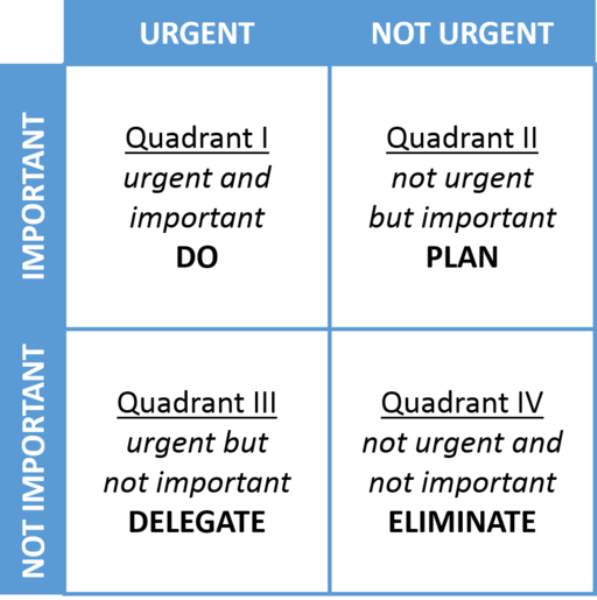
Time management isn't about time; it's about priorities. All of us have lots of to-dos - it's up to us to decide which ones are worth doing. That is what the Eisenhower Matrix is all about, which originated from American president Dwight D. Eisenhower.
Sort your tasks into the four quadrants of the Eisenhower Matrix:
- Urgent and important
- Not urgent but important
- Urgent but not important
- Not urgent and not important
This instantly gives you an idea about what tasks need your immediate attention and what you can ignore. The sorting process takes a little time but makes your priorities clear.
Pros: If you find yourself constantly wondering what to do next, this matrix can be very helpful to figure things out. It also identifies time wasters and makes it easier to say 'No'.
Cons: Some people may find it difficult to separate their tasks into these quadrants. There may also be confusion regarding tasks to delegate or defer.
If you'd like to implement the Eisenhower Matrix, check out 'First Things First' by Stephen Covey. The app 'Ike' can help you use the matrix on your smartphone.
5. Kanban
Are you a person who likes to use index cards and charts during work or study? Then Kanban is perfect for you! This system was developed by Taiichi Ohno, who used it at the Toyota offices in Japan. Kanban is all about having a bird's eye view of your tasks, while keeping it flexible. Make a list of all your tasks and sort them into these categories:
- In progress
- Ready to be worked on now
- Waiting for action later
- Completed tasks
Each category has a separate column, and you move tasks to different columns as and when their status changes. Color coding can identify tasks belonging to different projects.
Pros: The great part about Kanban is that you get to see all your tasks at once and it feels like you have things under control. It's also easy to know what needs to be done next.
Cons: Kanban can seem like a chore to those who aren't visual learners. If you're using it physically with index cards or a white board, it can take a while to setup and maintain.
If the Kanban system looks interesting, read more about it in 'Personal Kanban'. You can also maintain your Kanban system on the go, using Trello.
If you're finding it hard to choose one system, that's okay. Try each one out and see what works for you. You can even try hybrid systems by combining two methods. At the end of the day, time management is life management. No matter how far away your goals seem now, managing your time effectively will help you make progress. Before you know it, you'll have achieved whatever it is that you set out to do.

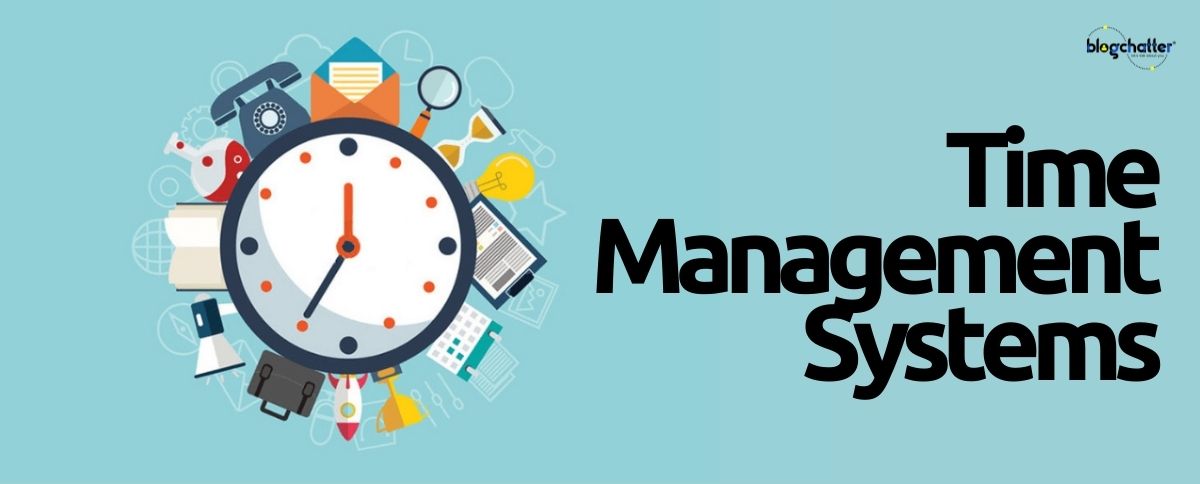
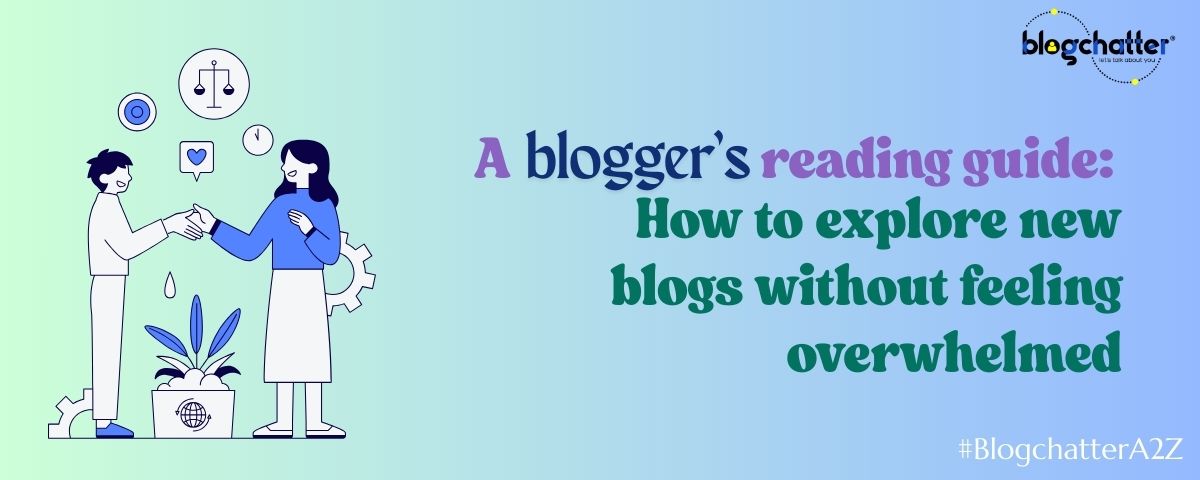





Comments
Super helpful tips that can actually help me in my bogging and content productivity. Thanks!! https://bloggingtogenerations.blogspot.com/
I always follow "TIME BLOCKING". It works well for me.
Very good. How we start our mornings is important and the information we consumed before bedtime decides our sleep!
Hey Fabida, Almost all of these systems work, but my favorite is the "Pomodoro technique". I use that pretty much everyday in my content writing and it helps me get the job done without wasting time. In fact the 25 minute bursts get much more work done than sitting together for an hour.. Nice read..
This is helpful. Thanks!
Kanban seems to be an interesting way to manage time.....and the comic strip is funny
I have followed a few of the techniques for my time management over the years on various occassions. Kanban is probably one of them I haven't tried probably because of the con mentioned! Somehow never had the urge to also have a birds eye view of the whole thing! :-)
Much needed! Been struggling with time. I'm going to try to implement some techniques.